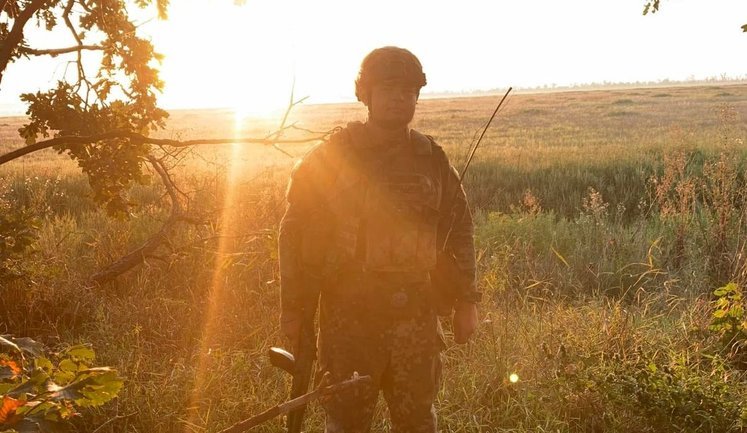Drone warfare has become pivotal in the ongoing Ukraine-Russia conflict. Recent strikes have targeted strategic locations such as the oil terminal in Feodosia and the Orion UAV storage in Crimea, highlighting the advanced capabilities of Ukrainian drone operators. The 1st Separate Centre of Unmanned Systems Forces has played a crucial role by striking these key assets. Additionally, the Ukrainian government's push to support UAV manufacturers with new incentives shows a strategic shift towards bolstering domestic production capabilities. The Verkhovna Rada is considering bills to enhance incentives, reflecting the growing recognition of drones' significance in modern warfare. Furthermore, Russian attacks using drones have been a constant threat, as evidenced by recent strikes on Mykolaiv, Kyiv, and other regions. The escalating drone usage underscores the need for both defensive innovations and international collaboration in counter-defense strategies.
How have drones impacted the Ukraine-Russia conflict?
Drones have significantly influenced the Ukraine-Russia conflict by enabling precise strikes on strategic targets. For instance, Ukrainian drone attacks on the Orion UAV storage base in Crimea demonstrate their effectiveness. These UAV operations have disrupted enemy logistics, reduced manpower, and provided substantial advantages on the battlefield. Russia also employs drones in aggressive offensives against Ukrainian cities, increasing the autonomy and scale of aerial attacks.
What incentives are there for UAV manufacturers in Ukraine?
The Ukrainian government is actively promoting UAV production by proposing legislative amendments to tax and customs codes. Bills No. 14169 and No. 14170 aim to provide expanded financial incentives for drone manufacturers, fostering domestic innovation and production. This approach not only supports the local economy but also strengthens national defense capabilities through indigenous solutions.
What strategic targets have Ukrainian drones successfully hit?
Ukrainian drones have successfully targeted several strategic locations, including the oil terminal in Feodosia and the Orion UAV base in Crimea. These strikes have weakened the adversary's logistic capacities. By focusing on high-value sites, the Ukrainian forces demonstrate their ability to leverage drone technology for impactful military operations, destabilizing the enemy's infrastructure and military capabilities.
What role does international support play in Ukraine's drone operations?
International support has been crucial in sustaining Ukraine's drone operations. Lasar’s Group, a Ukrainian heavy-drone special unit, has received international backing, helping to ensure continuous field operations. Such support includes financial contributions, technological aid, and strategic partnerships, enhancing Ukraine's ability to maintain and expand its unmanned systems capabilities in the face of persistent threats.
How is the Ukrainian Ministry of Defense improving UAV procurement?
The Ukrainian Ministry of Defense plans to streamline UAV procurement by moving 70% of its acquisitions to the DOT-Chain Defence platform. This digital system allows direct interaction with manufacturers, significantly reducing delivery times and enhancing operational efficacy. Such advancements ensure that Ukraine's defense forces remain agile and well-equipped to handle the evolving demands of warfare in the region.
What are the challenges associated with drone warfare in Ukraine?
Drone warfare in Ukraine presents several challenges, including the need for robust air defense systems to counter frequent drone attacks. The conflict has seen a surge in UAV usage, necessitating enhanced electronic warfare measures to intercept and neutralize threats. Additionally, maintaining technological superiority amid rapidly evolving drone capabilities requires continuous investments in innovation and workforce training.
What are the reported impacts of Russian drone strikes on Ukraine?
Russian drone strikes have caused significant damage to Ukraine's infrastructure and civilian areas. Recent attacks have resulted in casualties and destruction in cities like Dnipro and Kyiv, targeting energy facilities and residential buildings. These strikes exacerbate the humanitarian crisis, necessitating international aid and efforts to reinforce Ukraine's defense systems to protect its population and critical infrastructure.
How does Ukraine counter Russian drone attacks?
Ukraine counteracts Russian drone attacks by deploying advanced air defense systems and employing electronic warfare tactics to jam and shoot down unmanned threats. Collaboration with international allies provides Ukraine with the necessary technology and intelligence to effectively intercept drones. Continuous strategic development meetings, like those led by Commander-in-Chief Syrskyi, are focused on enhancing Ukraine's counter-drone strategy and capabilities.






































































